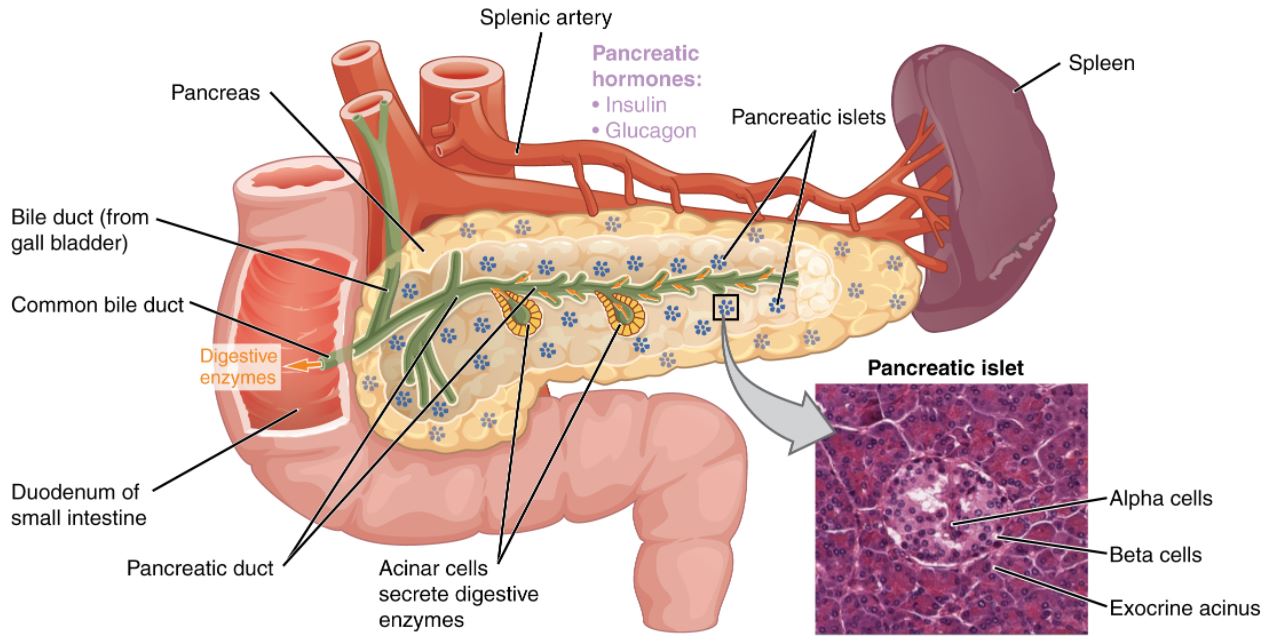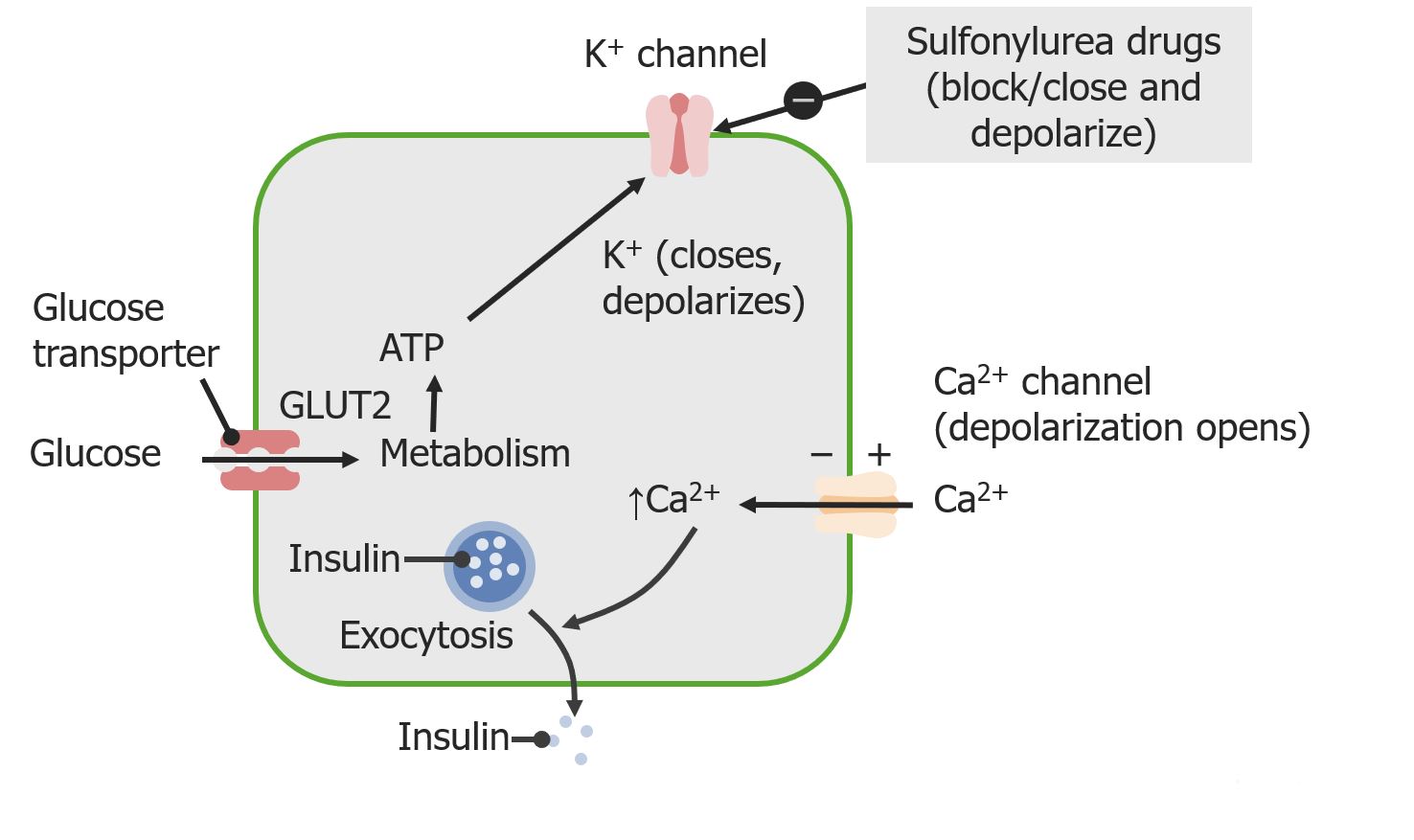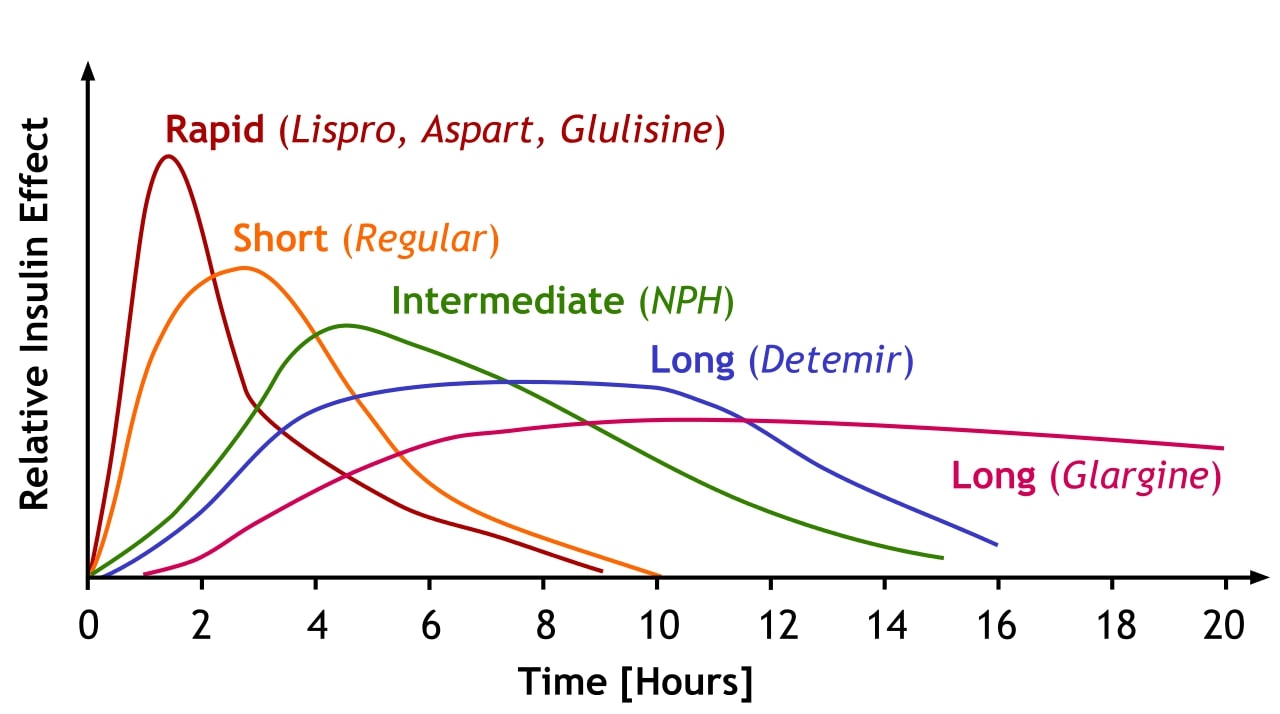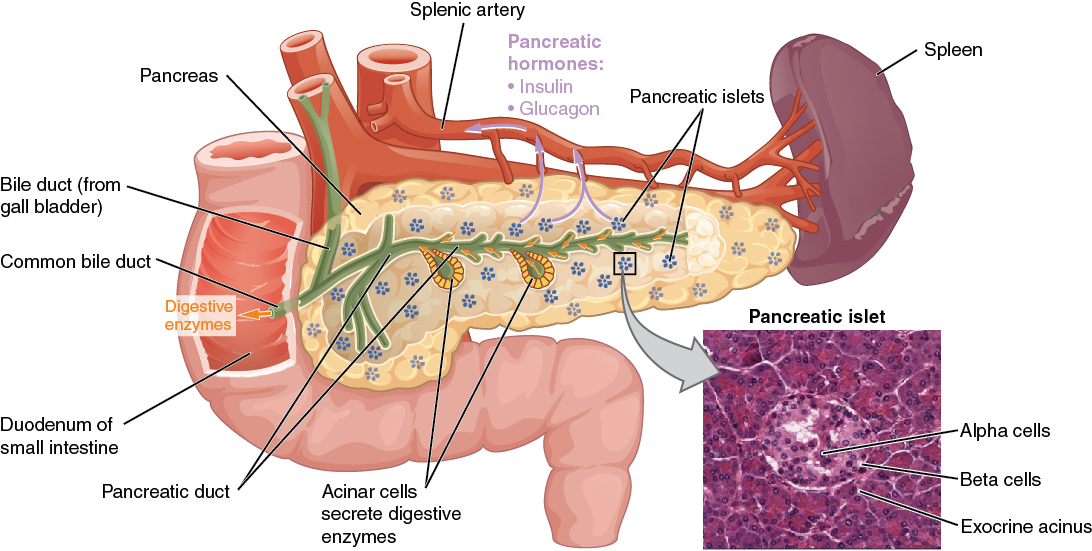Playlist
Show Playlist
Hide Playlist
Types of Diabetes
-
Slides 02-03 Diabetes Mellitus part 1.pdf
-
Download Lecture Overview
00:00 In these lectures, we're going to talk about diabetes mellitus. Diabetes mellitus can be defined as a chronic metabolic disease characterized by elevated plasma glucose. This is usually due to insulin deficiency in the case of type 1 diabetes. Type 1 diabetes can be immune mediated due to beta cell destruction or idiopathic, which is non-immune mediated. This particular type is very rare. Acquired diabetes is diffuse damage of the beta cells with subsequent insulin deficiency and this can occur from infections or drugs that affect the pancreas. Impaired action of insulin secondary to insulin resistance is the hall mark of type 2 diabetes, probably the most common form of diabetes the we encounter in medical practice. One fails to get the combination of these 2 abnormalities. Prediabetes is defined as elevated plasma glucose levels below the diagnostic criteria for diabetes but above of the normal range. Gestational diabetes or pregnancy-induced diabetes is any degree of glucose intolerance with onset or first recognition during pregnancy. The definition applies where the insulin or only diet modification is used for treatment and whether or not the condition persists after pregnancy. Elevated plasma glucose can be defined as plasma glucose level that occurs between the range of 100 and 125 mg/dL. Also, on a glucose tolerance test, a range of plasma glucose between 140 and 199 mg/dL. This is usually 2 hours after a 75 gram oral glucose load. And then finally a glycosylated hemoglobin level or hemoglobin A1c of 5.7-6.4%. 02:05 Criteria for diagnosing diabetes are numerous and this particular series of slides will take you through differentiating the normal range, prediabetes, and overt diabetes mellitus. A random plasma glucose in the setting of classic hypoglycemic symptoms such as polyuria, polydipsia, polyphagia plus a plasma glucose level that exceeds or is equal to 200 mg/dL will give you the diagnosis of diabetes. Fasting plasma glucose after an 8-hour fast within the normal range should be less than 100 mg/dL. Prediabetes is defined as a fasting plasma glucose between 100 and 125 mg/dL and overt diabetes occurs when the fasting plasma glucose is greater than or equal to 126 mg/dL. Plasma glucose during a 2-hour 75 gram oral glucose tolerance test under normal circumstances should be less than 140 mg/dL. In prediabetes, this will range between 140 and 199 and in overt diabetes greater than 200 mg/dL. Hemoglobin A1c of less than 5.7 is normal, between 5.7 and 6.4 indicates prediabetes, and overt diabetes is diagnosed when the hemoglobin A1c exceeds 6.5%. I referred early in the slide to classic hyperglycemic symptoms. There is a generally accepted triad, although they don't necessarily always occur in patients with diabetes, but more often than not excessive urination or polyuria, excessive hunger or polyphagia, and excessive thirst or polydipsia are hallmarks of elevated serum glucose. In the absence of hypoglycemic symptoms, an abnormal fasting plasma glucose, an abnormal oral glucose tolerance test, or hemoglobin A1c should be confirmed by repeated testing. Let's say a few words about the metabolic syndrome. This is a group of risk factors that increase the probability of developing type 2 diabetes mellitus and cardiovascular disease. This in turn can result in impaired glucose metabolism, central body obesity, hypertension, and hyperlipidemia. There is also an increased relative risk of developing cardiovascular disease and an increased risk of developing diabetes. In fact, the risk for cardiovascular disease is 2 times normal and the risk for developing overt diabetes is 5 times normal.
About the Lecture
The lecture Types of Diabetes by Michael Lazarus, MD is from the course Diabetes Mellitus. It contains the following chapters:
- Diabetes Mellitus
- Metabolic Syndrome
Included Quiz Questions
Which of the following is the next best step in the management of a 64-year-old asymptomatic male with a fasting blood glucose level of 180 mg/dL?
- Recheck fasting plasma glucose
- Check hemoglobin A1c because the patient's plasma glucose level is diagnostic of diabetes mellitus (DM)
- Perform OGTT because the patient's plasma glucose level is diagnostic of DM
- Check lipids and blood pressure to assess for metabolic syndrome
- Refer to the endocrinology department
Customer reviews
5,0 of 5 stars
| 5 Stars |
|
2 |
| 4 Stars |
|
0 |
| 3 Stars |
|
0 |
| 2 Stars |
|
0 |
| 1 Star |
|
0 |
Es clara la materia, esta bien explicada y los esquemas complementan muy bien lo que dice el ponente. Clara y concisa. Si recomendaría esta clase como introducción.
1 customer review without text
1 user review without text








